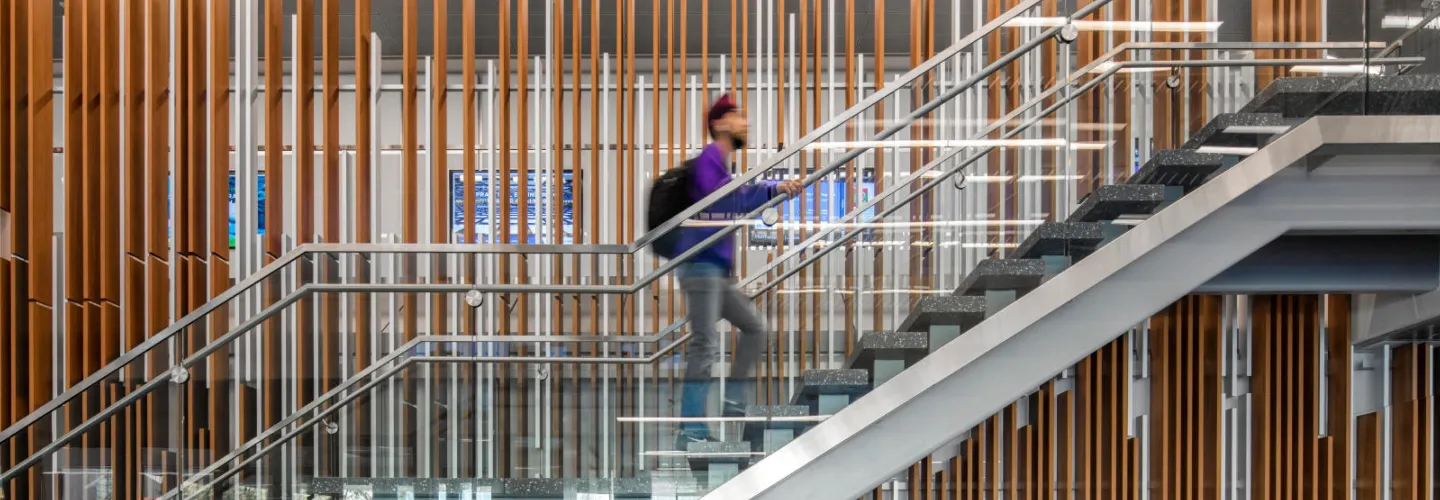
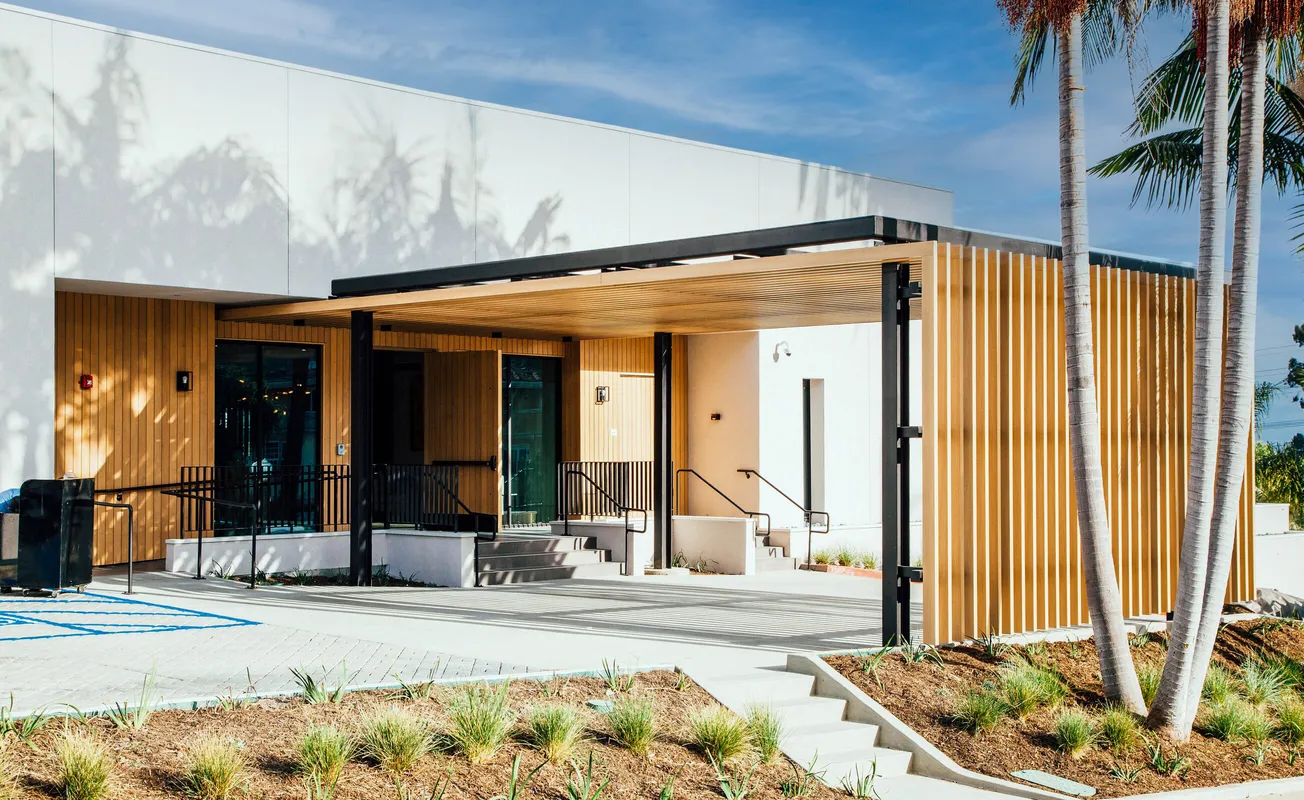
Fortina
Program Level
Introductory
Course Credits
IDCEC 0.1 CEU HSW, Canada Potential 1 Learning Credit, AIA 1 LU | HSW
RegisterWhether in wooden form perched above centuries-old Moroccan marketplaces or as extruded aluminum with a non-PVC film delicately delineating spaces, volume, and depth in Japanese architecture, battens, and slats provide architects and designers with myriad design solutions and contribute to sustainability goals. This course will review the use of battens and slats in historic and modern times while analyzing case studies and exploring design options, applications, and installation methods.
Learning Objectives
1. Review how battens have been used in architectural design, both historically and in modern architecture.2. Explore design options and applications for architectural battens and slats.
3. Discover how architectural battens and slats can be used in sustainable design.
4. Examine case studies where architectural battens and slats were used to add aesthetic interest and define space.
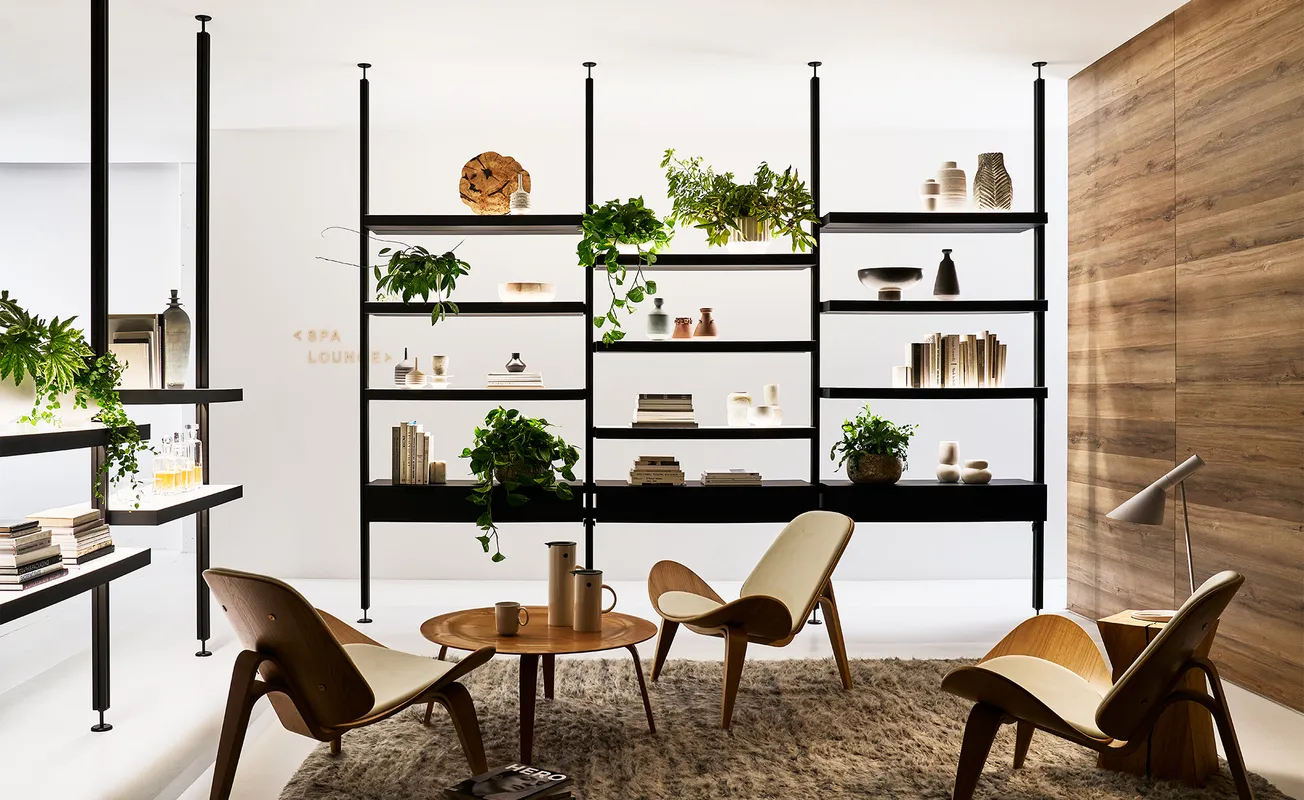
The Sorbetti 2.0 Course
Program Level
Intermediate
Course Credits
AIA 1 LU | HSW, Canada Potential 1 Learning Credit, IDCEC 0.1 CEU HSW
RegisterWith the fluid nature of almost all industries today, partly due to societal disruptions caused by the pandemic, it’s more important than ever for businesses to be able to pivot their models and accommodate future changes with ease. Flexible design is imperative for adaptable commercial interiors, as is being able to divide space for different uses down the line. This course will discuss how modular shelving and storage systems can help meet these important objectives. We will explore the components and design options for flexible shelving and storage systems and how they can help future-proof offices, retail stores, and hospitality facilities.
Learning Objectives
1. Examine the importance of flexible design and space division in commercial interiors.2. Explore the various modular shelving and storage components and understand how the system works.
3. Identify the wide variety of options available for modular shelving systems, including lighting, accessories, and finishes.
4. Discover how modular shelving and storage systems can help designers create adaptable interiors and divide spaces.
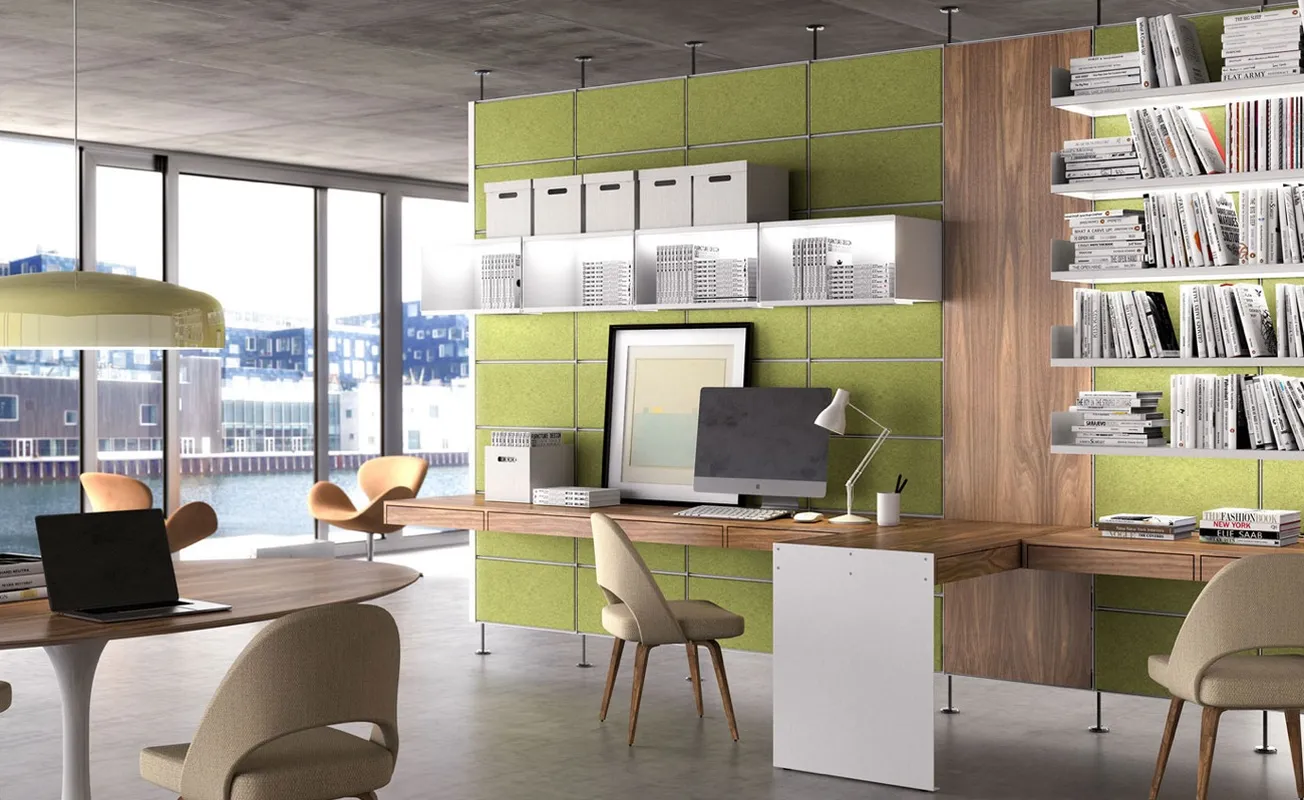
The System 1224 Course
Program Level
Introductory
Course Credits
IDCEC 0.1 CEU, AIA 1 LU | Elective, Canada Potential 1 Learning Credit
RegisterWith a range of design options in finishes such as fabric, metal, or wood panels, lightboxes, and power integration, these modular systems can be specified to match virtually any interior aesthetic. The course will examine the history of modular shelving systems and explore their components, design options, and applications. This course will discuss System 1224, a modular, wall-mounted, and freestanding shelving system that has quickly become a modern classic in retail stores, hotels, offices, and other commercial applications. The system provides the perfect background for shelving, signage, space definition, and product display, while also providing hidden and accessible storage.
Learning Objectives
1. Examine the history of modular shelving systems and how modernism influenced their design.2. Identify the various components of today’s modular, wall- and floor-mounted shelving and storage and understand how the systems work.
3. Discover the wide variety of options available for modular shelving systems, including lighting, the incorporation of graphics, and finishes.
4. Explore case studies where modular, wall-mounted shelving systems were used in a variety of markets.
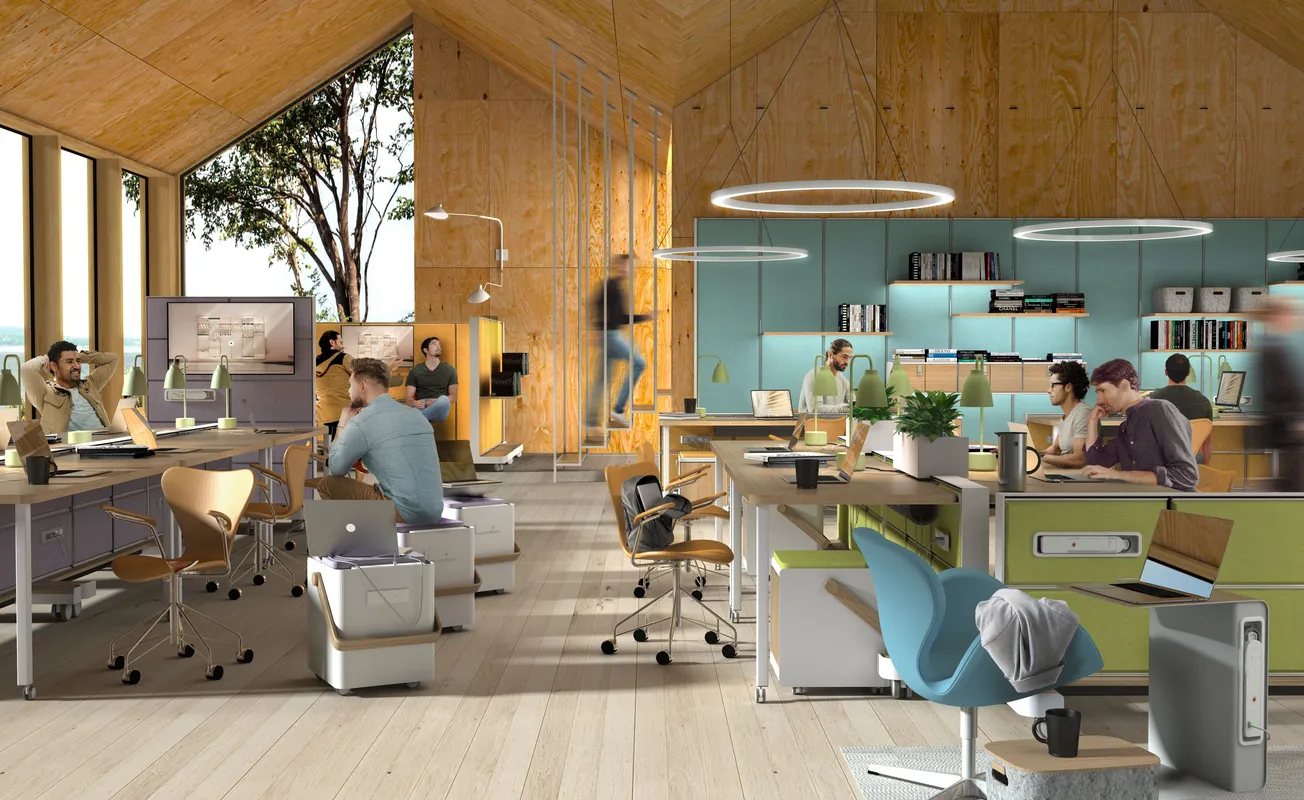
The Gira Course
Program Level
Introductory
Course Credits
AIA 1 LU | HSW, Canada Potential 1 Learning Credit, IDCEC 0.1 CEU HSW
RegisterThe workplace is evolving. No longer a static setting for the daily grind, the office has become a destination for dynamic collaboration, community building, and flexible work styles. Bringing out the best in staff requires a fluid workspace accommodating individuals and teams with no singular permanent, unchanging layout. This course explores shifting desires away from totally open offices to flexible offices. When workspaces are designed to be flexible, change is simple and easy.
Learning Objectives
1. Discuss the history of open office design and modular office furniture2. Define dynamic office design on a macro level.
3. Explain flexible office design solutions on the micro level using modular and mobile furniture and portable power.
4. Discuss case studies that offer designers beautiful and creative solutions to their office design needs.
